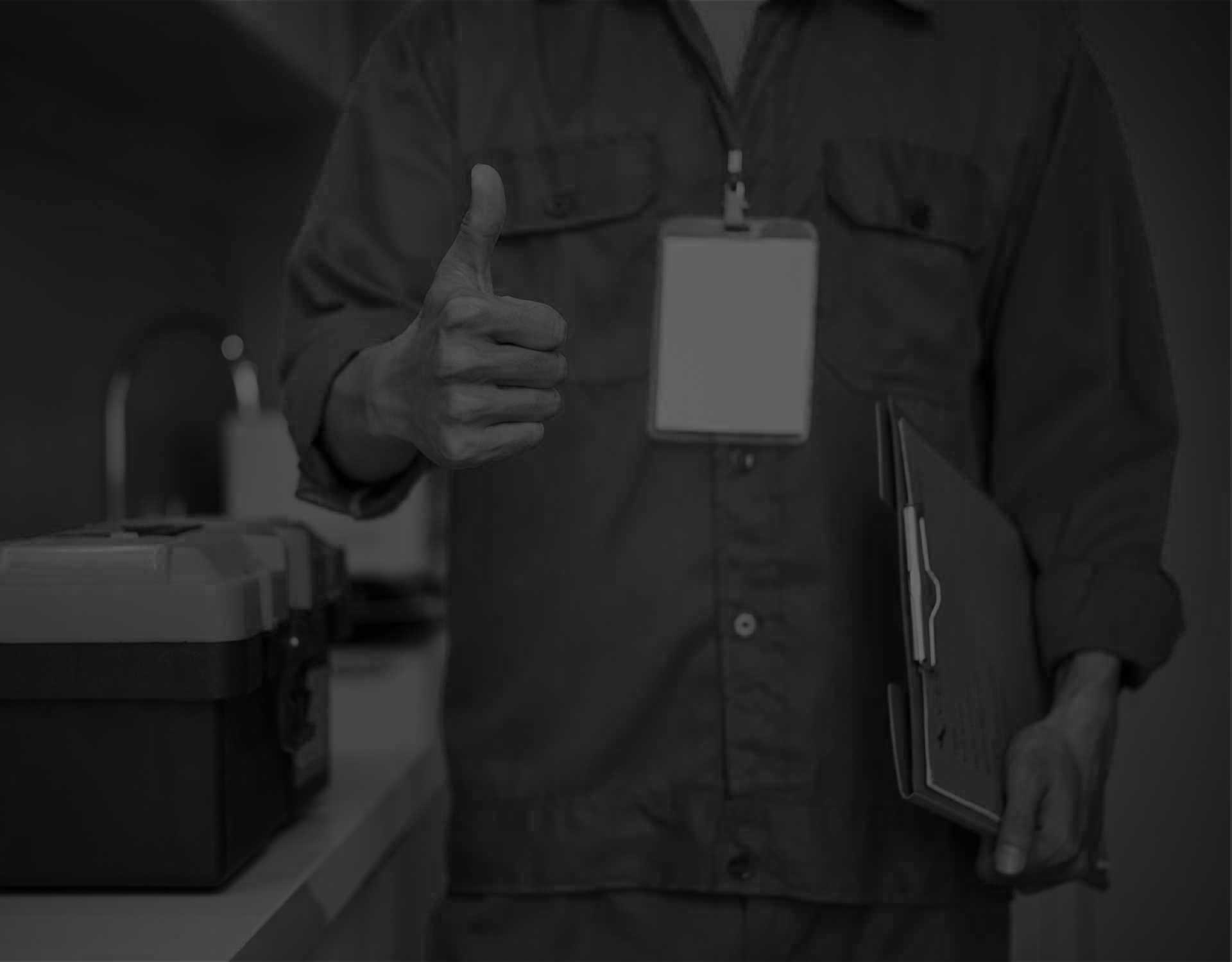Emergency light testing at your commercial premises is imperative in case of fire or power failure.
This type of lighting is installed to help protect staff, customers and visitors.
It enables them to easily find the nearest exits or escape routes if there is an imminent emergency within the building.
As an employer it’s your responsibility to maintain your lighting.
Therefore, you must carry out regular emergency light testing with a trained engineer.
As part of the Health & Safety Act at Work Act (1974), it states an employer’s duty is to ensure there are no dangers in the workplace.
Of course, if your emergency lighting is not operating efficiently it must not be ignored because it could pose a hazard in future.
We provide commercial businesses a full emergency light testing service using accredited lighting engineers.
All of our engineers are friendly, reliable and endeavour to complete emergency light testing efficiently.
Where issues are discovered, our fully qualified electricians can make any repairs or renewals as necessary.
So you can be confident that our team ensures all your emergency lighting systems are maintained and fully operational.

ECMS Services
What We Cover
Our years of experience gives you confidence in our emergency light testing. We cover all industries whether your business is office based or a large, public building, a school, healthcare provider and any other commercial business.
- Door lighting
- Office exit
- Commercial Emergency Lighting
- Stairwell lighting
- Emergency Lighting Replacement
- Fitting & Installation
Do not hesitate to call our friendly and helpful customer services team to find out what we can do for you and provide you with an extremely competitive price.

What Emergency Light Testing Can You Do?

It’s useful to conduct your own emergency light testing every day just to make sure they are operating efficiently.
All this entails is a simple walk around your premises and visually checking your lighting systems.
Once a month, check the light switches are operating properly.
This is known as a ‘flick test’ and is when you switch lights on and off quickly.
This checks batteries and fittings are fully operational.
You should note whether they instantly respond.
Professional Manual Testing
We recommend booking in one of our lighting engineers to visit your premises once a year to test all emergency lighting appropriately and to make sure it adheres to the British standard.
To conduct this test, our engineer will implement a mains power failure on your normal lighting which will initiate your emergency lighting system through a battery supply.
The testing is done manually and lasts approximately 3 hours.
It usually involves one single switch cutting out the building’s power and then the tester must check the entire building.
Once power is restored, the tester must re-check the entire building’s system again.
There is also an automatic test but this is only applicable if you have self-testing emergency lighting installed.
Additionally, every three years, there should be a full duration discharge test which can only be carried out by a fully trained engineer.
During lighting inspection and test of emergency lighting our engineers will check that your lighting meets the standard.
All findings at any stage of testing will always be reported back to you and recorded appropriately in your emergency lighting log-book.
This is a requirement in the emergency lighting Code of Practice.
The logbook should have all the information on who installed your emergency lighting as well as a design guide.
It also includes any information relating to maintenance, testing and repairs.
Convenient Light Testing
Our team is available at your convenience so minimising any disruption to your business and we recommend conducting emergency lighting testing outside of office hours.
Additionally, we guarantee all our work and we price competitively.
To find out more about our emergency light testing service, call today or drop us a line.
Frequently Asked Questions
Browse through our list below to get answers to frequently asked questions on this service:
It is a requirement by law (BS5266) and part of the Health & Safety At Work Act (1974).
Yes, a maintained fitting operates as a normal light fitting, controlled together with the other lighting and if the power fails, the maintained emergency fitting continues to operate at a lower level. A non-maintained fitting is usually switched off and fully charged. This type of fitting displays a green LED (which tells you that the battery is fully charged). Upon power failure, the fitting switches on. These are usually visible on Emergency Exit signs.
There are various types, for example emergency escape routes which are illuminated by an Emergency Exit sign and these are required by law in a commercial premises. There is also standby lighting which is part of your emergency lighting system and is used if your lighting system fails in non-emergency situation, therefore allowing you to continue with your normal routine with minimum disruption. Open area lighting is used as a lighting system to allow staff, customers and visitors to exit a building safely if there is an emergency. High risk task area lighting is a type of lighting that allows people to escape a building when involved in a dangerous situation.
Generally 4 to 5 years but it depends on where they are located. Usually after four or five years, batteries need replacing.
Get in Touch
Our team is readily available to cater for all your needs.


